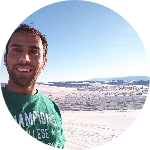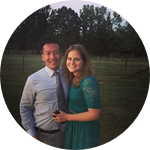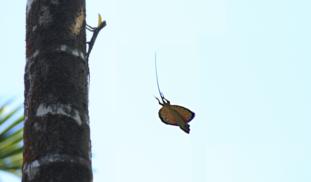Please wait...
About This Project
Gliding animals are not paper planes - and yet many studies have modeled them so. Flying lizards are agile gliders with a unique wing design, capable of active control over their glide path. Past research has studied lizard glides in 2D, which cannot capture details like body shape and orientation. I will track body points in 3D during the glide along with morphometric measurements, which will lead to more realistic models and give insights into gliding biomechanics of these animals.

Browse Other Projects on Experiment
Related Projects
How the dragon glides: the biomechanics of a flying lizard
Gliding animals are not paper planes - and yet many studies have modeled them so. Flying lizards are agile...





